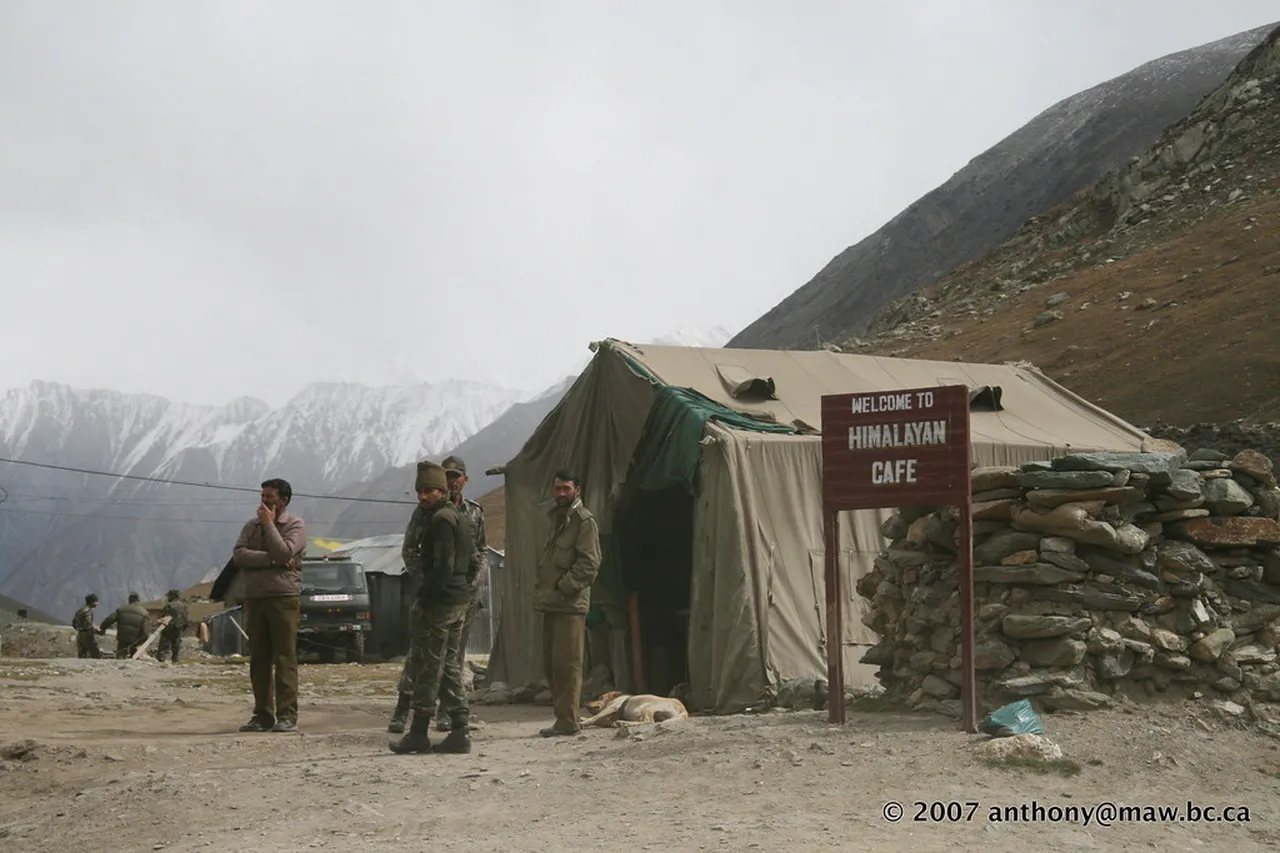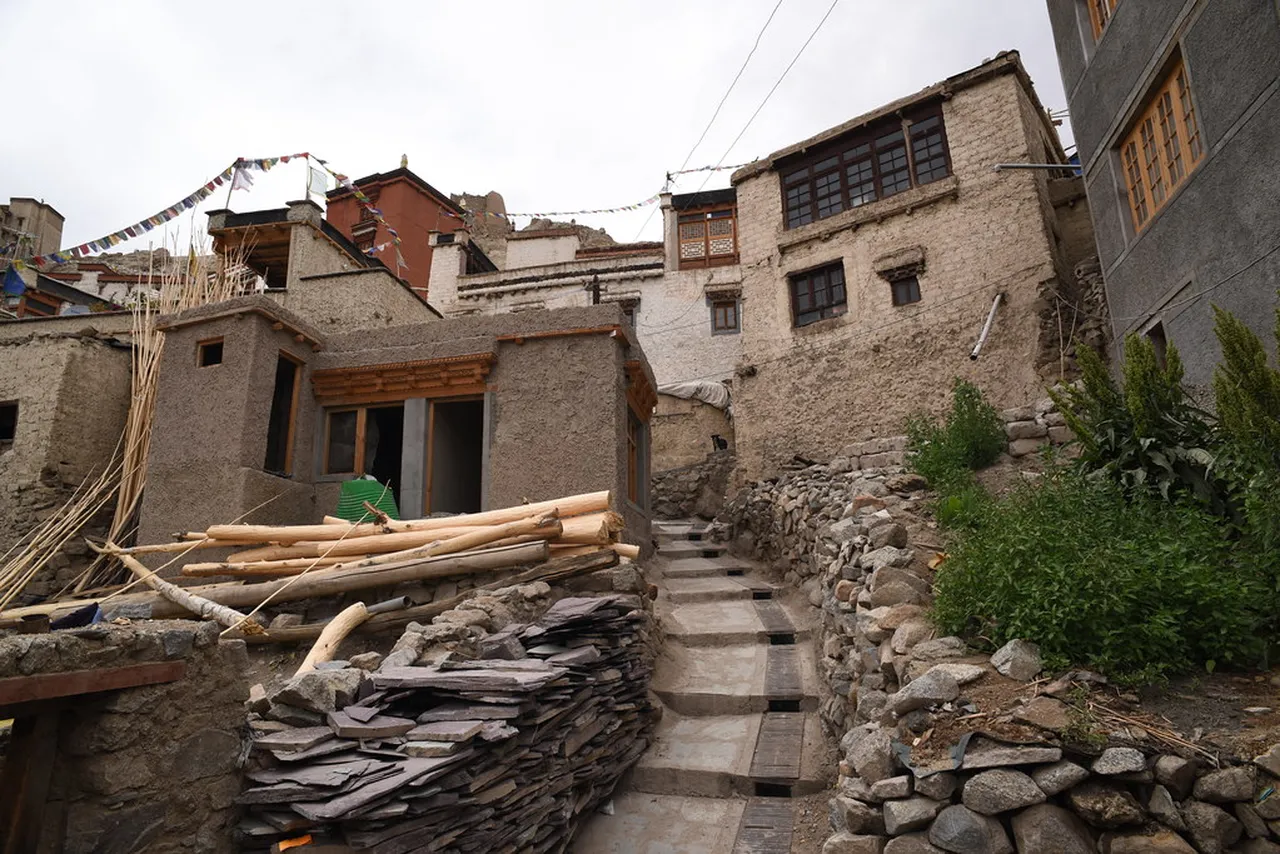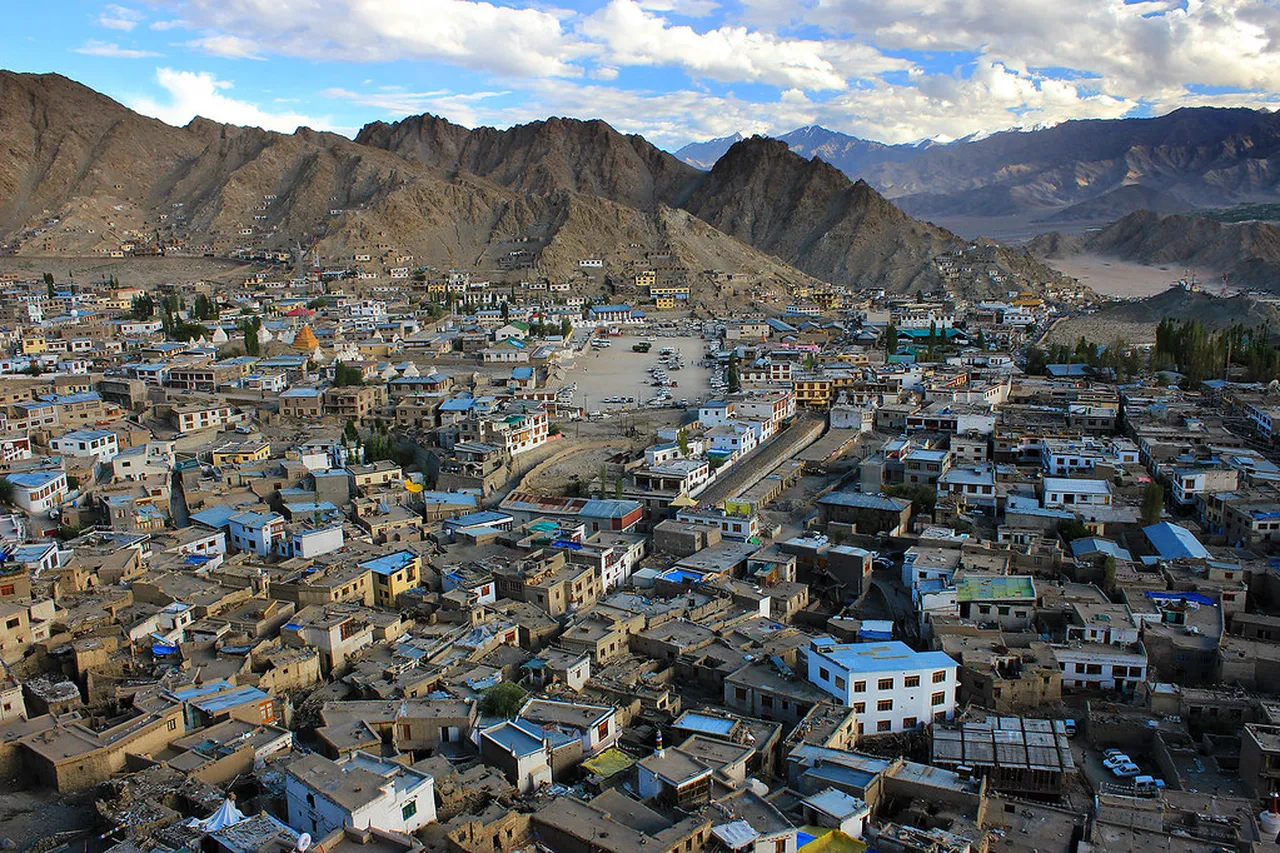
Srinagar Culture: Unveiling the Rich Heritage and Traditions
Table of Contents
Srinagar Culture
Srinagar, the summer capital of Jammu and Kashmir, is known for its stunning landscapes, serene lakes, and vibrant culture. As you stroll through the beautiful gardens, historic sites, and bustling markets, you’ll find that Srinagar culture is a rich tapestry of traditions, customs, and artistic expressions that have developed over centuries. In this article, we will delve into the captivating aspects of Srinagar culture, including its art forms, festivals, cuisine, and the simple yet profound lifestyle of its people. Join us on this journey to uncover the essence of Srinagar and its unique cultural heritage.
Want to find the best travel deals for this destination? find adventure planner with our adventure planning specialist!
1. Discovering the Traditional Kashmiri Cuisine: A Gastronomic Delight

Kashmiri cuisine is a delightful fusion of flavors, showcasing the region’s rich cultural heritage. Prominent dishes such as Rogan Josh and Yakhni exemplify the use of aromatic spices, reflecting the natural bounty of the land. Moreover, the unique use of saffron and other indigenous ingredients gives Kashmiri food its distinct character.
When I first tried Wazwan, a traditional multi-course meal, I was amazed by its depth and variety. Each dish tells a story, illustrating centuries of culinary evolution. To truly appreciate this gastronomic delight, one must indulge in the art of dining, where sharing food aligns with Kashmiri traditions.
Pro Tip: Don’t miss the chance to savor Gushtaba, a meatball delicacy, which is often the highlight of any festive table.
2. The Art of Pashmina: Weaving the Kashmiri Heritage

Pashmina shawls are synonymous with luxury and warmth, embodying the artistry of Kashmiri craftsmanship. The term Pashmina refers to fine cashmere wool, sourced from the undercoat of the Changthangi goat, native to the Himalayan region. It is fascinating to explore how this incredibly soft material is transformed into beautiful shawls through intricate weaving techniques.
Traditionally, skilled artisans use handlooms to create patterns that reflect Kashmiri culture and nature. Furthermore, each piece often features detailed embroidery, which tells its own unique story. When visiting local markets in Srinagar, make sure to observe the artisans at work; it’s an experience that underscores the significance of preserving this age-old craft.
3. Unraveling the Festivities: Celebrating Eid and Navroz in Srinagar

Festivals in Srinagar are vibrant celebrations deeply embedded in the culture. Eid and Navroz represent two significant occasions that bring families together, filled with joy and culinary delights. On Eid, the streets are alive with merriment, as people come together for prayers and celebrations, exchanging sweets and warm greetings.
During Navroz, the Persian New Year, the atmosphere is equally festive. Families prepare special meals and decorate their homes, symbolizing renewal and hope. It’s important to note that participating in these festivities provides a deeper understanding of Srinagar’s culture and the values held dear by its residents.
4. Exploring the Vibrant Handicrafts: From Carpets to Papier-Mâché

Srinagar culture is renowned for its handicrafts, which reflect the region’s rich artistic heritage. In fact, the intricate designs and craftsmanship make Kashmiri carpets some of the finest in the world. They often incorporate traditional motifs, such as floral patterns, which symbolize nature’s beauty. Moreover, visiting a local workshop will allow you to witness artisans at work, skillfully crafting these magnificent pieces.
Additionally, the art of papier-mâché diving deeply into history reflects the creativity of Kashmiri artisans. These colorful artifacts, ranging from decorative boxes to intricate masks, are crafted using a time-honored technique that involves layering strips of paper. The result is both stunning and popular among tourists. In summary, exploring these vibrant handicrafts not only supports local artists but also offers a glimpse into the cultural heart of Srinagar.
5. The Influence of Sufi Traditions on Srinagar Culture

Srinagar culture is profoundly shaped by Sufi traditions, which emphasize love, tolerance, and harmony. Sufism, a mystical branch of Islam, has permeated the region for centuries, leading to peaceful coexistence among different communities. Consequently, various festivals and gatherings often showcase the region’s Sufi heritage.
Moreover, the beautiful Shah-e-Hamadan Mosque stands as a testament to this influence. It attracts visitors seeking spiritual solace and answers. The poetry of Sufi saints often finds its way into everyday conversation, enriching their artistic expression. In essence, Sufi traditions have woven a rich tapestry of cultural influences that continue to thrive in Srinagar.
6. Srinagar’s Festivals: Mela Kheer Bhawani and Beyond
The vibrancy of Srinagar culture comes alive during its festivals, with Mela Kheer Bhawani being one of the most significant. Celebrated in honor of the goddess Kheer Bhawani, this festival draws thousands of devotees and offers a unique blend of spirituality and festivity. During this time, the atmosphere is filled with devotion as people gather to partake in prayers and celebrations.
Additionally, other local festivals showcase the region’s rich cultural diversity. For instance, Navroz and Eid are marked by joyous gatherings, feasting, and wearing traditional attire, thus bringing communities together. Overall, these festivals not only highlight the importance of tradition but also enhance the communal bonds within Srinagar’s cultural framework.
7. The Richness of Kashmiri Music: Traditional Instruments and Folk Songs
Tip: Discover the best Srinagar experiences with Viator Tours!
Kashmiri music is a vibrant expression of the Srinagar Culture, reflecting the region’s history and traditions. The unique soundscape of Kashmir is deeply intertwined with its daily life, enriched by various traditional instruments. For instance, the Rabab and Santoor are commonly used to create melodious tunes that captivate listeners. These instruments have been passed down through generations, showcasing the skill of Kashmiri artisans.
Moreover, folk songs play a significant role in communal gatherings, especially during festivals and weddings. Songs like Wulur ka Kharu delight audiences, sharing stories of love, nature, and heritage. Consequently, attending a local musical event is a fantastic opportunity to immerse oneself in the rhythms of Kashmiri life.
Pro Tip: While visiting Srinagar, don’t miss the evenings filled with live performances. They’re an authentic way to experience the heart of Kashmiri culture.
8. The Role of Gardens in Srinagar Culture: Symbols of Beauty and Serenity
The gardens of Srinagar are not just beautiful landscapes; they are vital components of Srinagar Culture. Notably, the Shalimar Bagh and Nishat Bagh are prime examples of Mughal-inspired horticulture. These gardens are designed meticulously to evoke harmony and tranquility. As you stroll through the lush pathways, the stunning views of the surrounding mountains provide a perfect backdrop.
Furthermore, gardens in Srinagar serve as social spaces where locals gather for picnics or simply to enjoy nature’s beauty. Therefore, visiting these gardens allows travelers to witness the serenity that holds significant cultural importance. Indeed, the gardens reflect not just aesthetics but also the Kashmiri philosophy of living harmoniously with nature.
9. Encountering the Local Customs: Friendly Greetings and Etiquette
In Srinagar, customs and etiquette reflect the warmth of its people. The Srinagar Culture is characterized by genuine hospitality, making interactions memorable. For instance, customary greetings include ‘Assalam o Alaikum’ for peace and ‘Khudaya Hawaala’ to wish well, showcasing the importance of respect and warmth in every encounter.
Moreover, understanding local customs is essential for travelers. For example, it’s considered polite to remove your shoes before entering homes and mosques, which symbolizes humility. Furthermore, when invited for a meal, it’s gracious to decline twice before accepting to honor the host. Therefore, engaging with these customs enriches the travel experience and fosters connections with the local community.
10. The Historic Significance of Mughal Architecture in Srinagar
Insider Tip: Get the most out of your Srinagar visit with guided tours!
Srinagar’s landscape is adorned with stunning examples of Mughal architecture, which greatly influences the city’s cultural identity. These majestic structures were built during the Mughal Empire, reflecting the grandeur and elegance of that era. One of the most notable sites is the Shankaracharya Temple, perched atop a hill, offering panoramic views of the city and its surrounding mountains.
Moreover, the beautiful Shalimar Bagh and Chashme Shahi gardens showcase intricate design elements that emphasize harmony between nature and architecture. These gardens are not just tourist attractions but also serve as symbols of the rich Kashmiri aesthetic.
A visit to these gardens can transport you back in time, immersing you in the luxury of Mughal leisure.
Therefore, exploring the Mughal architectural heritage is essential for understanding Srinagar’s culture.
11. Celebrating Kashmiri Literature: Poets and Writers of Srinagar
Kashmiri literature has flourished for centuries, with notable poets and writers hailing from Srinagar. The poetic expressions often reflect the rich tapestry of the region’s culture and history. Famous poets like Habibullah Bhat and Ghulam Nabi Mazduri have profoundly influenced Kashmiri literature, touching on themes of love, nature, and the struggle for identity.
Furthermore, contemporary writers continue this tradition, introducing new perspectives on Kashmiri life. The literary scene is vibrant, with poetry readings and literary festivals organized regularly. These Events connect authors and readers, fostering a love for literature in the community. Thus, celebrating Kashmiri literature showcases the depth of Srinagar’s culture.
12. The Importance of Spirituality in the Daily Lives of Srinagar Residents
In Srinagar, the significance of spirituality cannot be overstated; it plays a pivotal role in the daily lives of its residents. The city is home to numerous mosques, temples, and shrines, where people gather to connect with their faith. These sacred spaces not only provide spiritual solace but also foster a sense of community.
For instance, the Jamia Masjid, with its magnificent architecture, is a prominent site for congregational prayers. Additionally, many locals engage in spiritual practices that include daily prayers and meditative Activities.
Embracing spirituality helps residents cope with life’s challenges and maintain harmony within their bustling lives.
Therefore, spirituality is intricately woven into the fabric of Srinagar culture, reflecting the diverse beliefs of its communities.
13. A Day in the Life: Understanding the Daily Routine of a Srinagar Local
The daily routine of a Srinagar local is beautifully intertwined with the breathtaking landscape and rich Srinagar culture. Generally, mornings begin early, often with the sound of the muezzin calling for Fajr prayers, which marks the start of a new day. After prayers, many locals enjoy a hearty breakfast, traditionally consisting of kashmiri bread and clothing.
As the day progresses, markets bustle with energy. Locals engage in their daily chores, which often involve tending to gardens or crafting delicate handicrafts. Interestingly, Srinagar locals possess an innate connection to nature, which influences their daily tasks profoundly.
After a long day of work, evening gatherings are common. Friends and family reunite to share stories over a cup of their famous Kashmiri chai while enjoying traditional music in the backdrop. Subsequently, the day concludes under the tranquil skies of the Valley, offering peace and a sense of belonging.
14. Exploring the Natural Beauty: How Nature Influences Srinagar Culture
Pro Tip: Book your Srinagar adventures in advance through Viator for the best deals!
Nature plays a pivotal role in shaping Srinagar culture, influencing not only the aesthetics of the city but also the lifestyles of its inhabitants. The stunning Dal Lake and surrounding mountains provide a picturesque backdrop that enhances daily life.
For instance, the iconic chinar trees are not just beautiful; they represent the changing seasons and evoke a sense of continuity in Kashmiri traditions. Moreover, locals often incorporate natural elements into their art and crafts, showcasing this deep connection.
Additionally, the myriad of gardens nurtured throughout Srinagar, like the famed Shalimar Bagh, reflect the reverence for nature in local culture. They serve as gathering spots for celebrations, picnics, and meditation. Indeed, nature’s influence on daily life in Srinagar ensures that its beauty remains a central part of the Kashmiri identity.
Srinagar culture is not just a reflection of the past but a vibrant and evolving tapestry that continues to influence the lives of its inhabitants. From the intricate art of Pashmina weaving to the jubilant festivals that fill the streets with color and joy, every aspect of Srinagar’s culture tells a story of resilience, beauty, and community. We invite you to experience it firsthand and share your experiences with us. What part of Srinagar’s rich culture fascinates you the most? Join the conversation in the comments below!